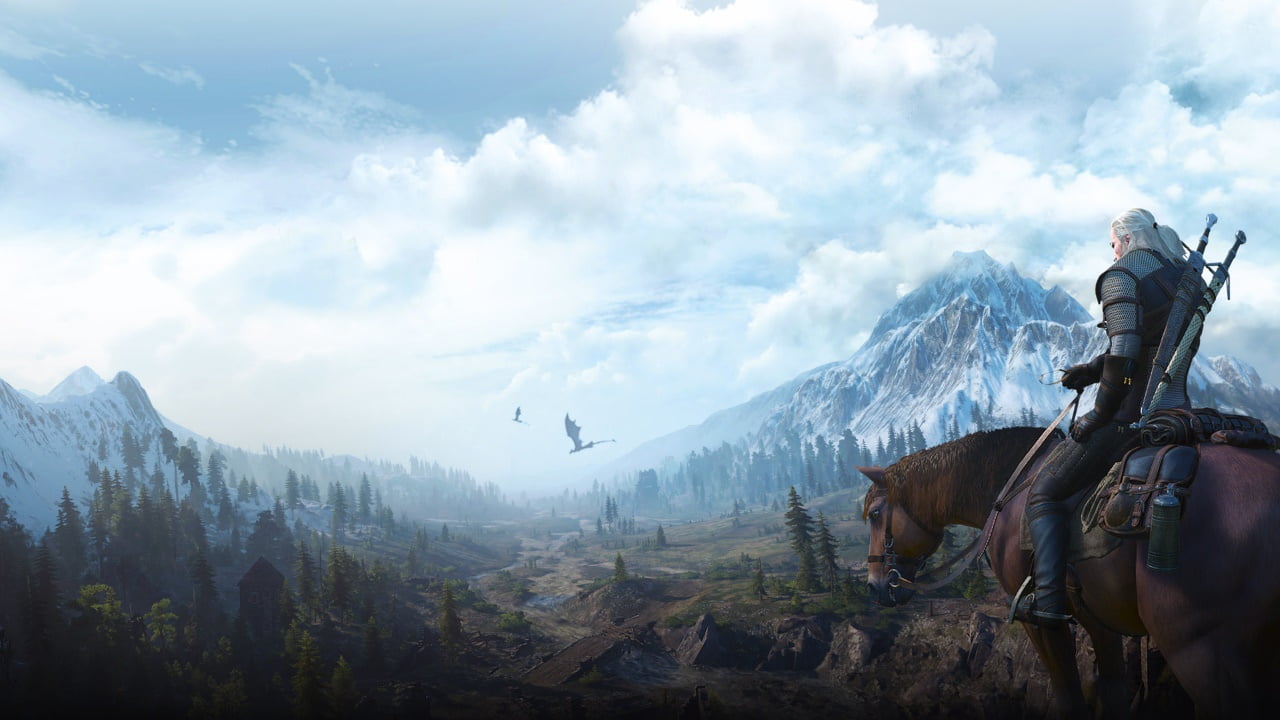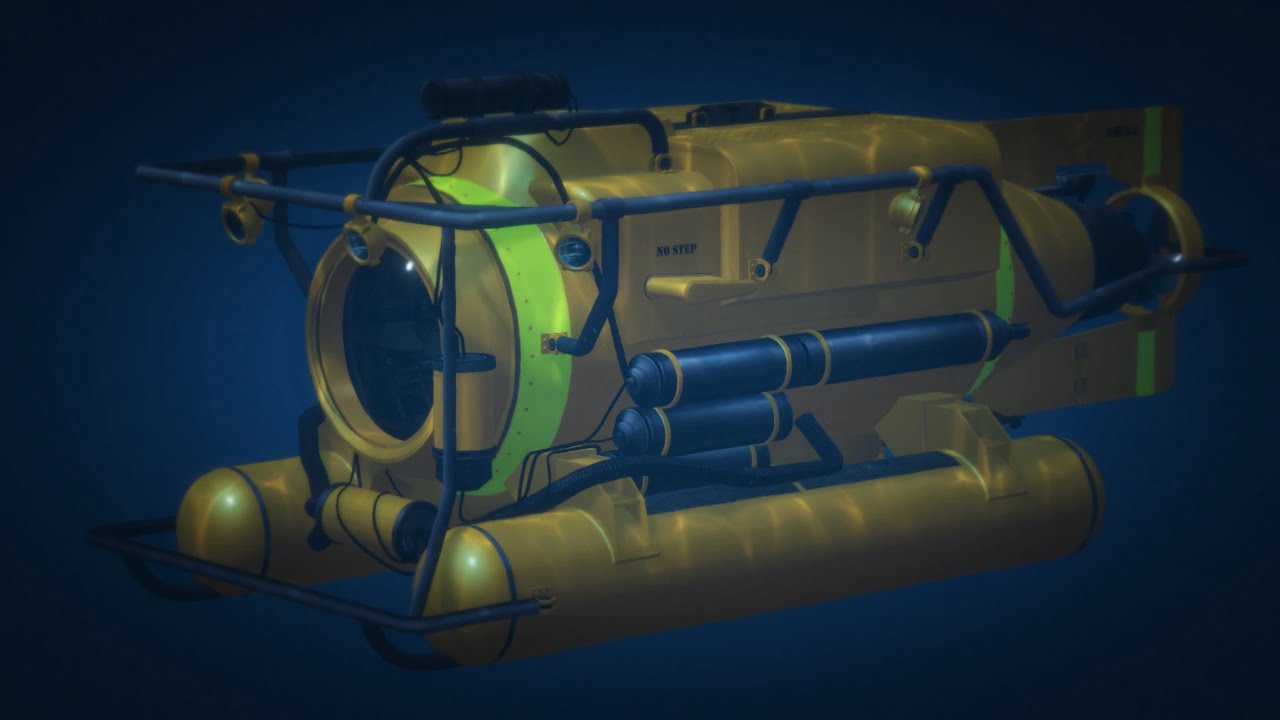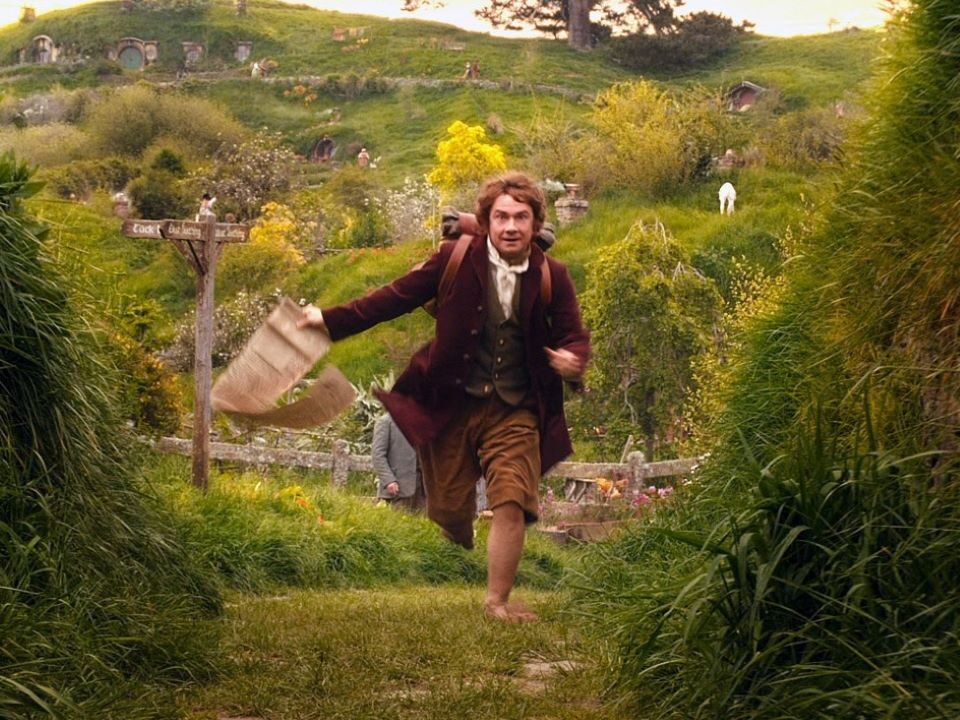“I’m going on an adventure!” Shouts a young, excited Bilbo Baggins, running down the path from Bag End into Hobbiton village and beyond.
He, a homebody hobbit who has never left the Shire, has been recruited by a wizard to serve as the rogue in a party of warrior dwarves. It’s literally the most exciting thing that has happened in his life and – down to the Dungeons & Dragons party composition – is a stirring setup for the main questline of an RPG.
Fast forward six months and Bilbo has walked almost 1,000 miles in a little under six months. He’s been starved, weather-beaten, and exhausted. Over the course of the journey, Bilbo is attacked by wolves, goblins, a giant spider, a corrupted hobbit with an evil MacGuffin, and a literal dragon. And he’s nearly eaten by trolls.
Bilbo is, understandably, worse for wear from the experience. The enthusiasm he held at the start wanes quickly, and often, he wishes he could quit, or had never started the journey at all. But he trudges on because he’s made the commitment. The investment. He’s already wasted so much time on it. He wants to see it through.
The Hobbit, then, is the perfect metaphor for large, often open-world video games.

That’s not to say there isn’t plenty to love about labyrinthine RPGs and expansive open-world adventures. They are one of the most popular genres of video game. The Netflix-powered resurgence of The Witcher 3, four years after its original release, just shows how much the audience love any big games it can get its hands on. Perhaps it’s a value for money thing, or just the desire to eke as much play-time as possible out of each world.
It’s also this desire for more content that has led to the proliferation of repetitive radiant quests, and ultimately, the live service model that is so prevalent. The result is that large, open-world video games are not great respecters of our time. The games themselves can take hundreds of hours to complete, while quests last as long as (and feel akin to) a full day at work. Trying to arrange a group of working adults for regular co-op stints is an exercise in futility.
The net consequence is that players often run out of steam, and bounce off big video games, before completing them.
The “shame pile”
People refer to it as the “shame pile”. It’s quite different from the more shame-neutral “backlog”, which consists of games you’re yet to play (but you totally intend to). The “shame pile” is filled with the games you’ve started but never finished. But we shouldn’t feel ashamed! Not finishing video games is nothing to be ashamed of.
In some cases, I’ve deliberately left games unfinished. My Courier, for instance, is entombed on an Xbox 360 in my garage. He waits, stoic, at the Hoover Dam. Yes Man is at his disposal. All the Courier must do is instruct Mr House’s AI servant on how best to clean up the Nevada Wasteland. But I don’t want him to. I love the world of Fallout: New Vegas so much that I don’t want it to end.
That sort of thing is the exception, however. Most of the games on my “shame pile” are unfinished simply because I’ve run out of steam.
Sometimes, you can pinpoint the precise moment it happens. (Hello, Grand Theft Auto V’s spectacularly underwhelming submarine heist.) Occasionally, you can look at a calendar and see at a glance which shiny new game displaced the incumbent. But more often than not, it’s a combination of repetition, lack of forward momentum, and length of time played.

Fallout 4. Final Fantasy XII through XV. Grand Theft Autos IV and V. All of the Elder Scrolls games, from Daggerfall to Skyrim. A bunch of Assassin’s Creeds. And all the rest that don’t immediately come to mind. That’s thousands of hours invested into games that would probably take thousands more to actually complete. And none of them will be.
Some games – either helpfully or mockingly, depending on your point of view – provide a completion percentage to let you know how close you got. Or didn’t get. I can see at a glance that I am 37% of the way through Red Dead Redemption 2, for instance. That’s probably still 40-50 hours of solid effort over the span of a couple of weeks, roaming around a remarkable frontier at a languid pace, but at this moment in time, I can’t see myself going back.
Enthusiasm has waned. The memory falters. Even if I did go back, at this stage I’d have no idea what I was doing, or why.
The antidote
If you can get to the end of a long video game with the wind in your sails and enthusiasm still in your heart, then that’s an achievement in itself. For my part, it’s a madcap dash to complete before I hit the wall. But it shouldn’t be so difficult. So exhausting. Playing games shouldn’t feel like running a marathon.
You could avoid playing long games, for one thing. It wasn’t a conscious decision that I can recall making, but I’ve become aware that I do tend towards shorter games now, in my dotage. I let the younger members of the team take the review codes for big games, preferring to spend three hours with an indie gem than 30 with an RPG. That’s not to say long games don’t come into rotation, but I don’t gravitate towards them as I once did.
And not every big game is off the menu. There are some games that, with a few quality of life improvements and a little bit of respect for your time, are accessible and enjoyable for everyone. Even tired old folk with no energy and no free time. (Like yours truly.)
The Witcher 3, for instance, offers handy plot recaps when you load the game. (Hello, Netflix recap.) You could have spent hours, days, weeks, months away from Geralt and his adventures. In other games, this is fatal to continuity. I’ve started Final Fantasy XIII three times. Not because I particularly loved it, you understand, but because I wanted to try and finish it. However, each time I came back to it, I could not for the life of me remember what was going on. It’s all just a confusing mess of crystals and people and crystals that used to be people. The Witcher 3 is no less complex a tale, but the bard’s recaps make returning to the game after a break a realistic possibility.
The Legend of Zelda: Breath of the Wild, on the other hand, gets around the problem by not really having a story at all. That’s not to say there isn’t an overarching plot – recover memories, release the Divine Beasts, defeat Ganon, free Princess Zelda – but it’s not central to actually playing the game. You can skip it altogether if you’re good enough. It’s possible to walk straight to Hyrule Castle in your underpants and beat Calamity Ganon with just three hearts.
This lack of focus on the narrative allows Breath of the Wild to be played in bitesize chunks. To be conquered piecemeal. To be tackled months apart, and all with no ill effects to continuity or your ability to jump back in. It’s surprising more games haven’t followed this example, but there’s a design purity to Breath of the Wild that requires extreme restraint, made evermore rare by the expectation of open worlds stuffed to burst with content.

And if you’re Obsidian – the developer of Fallout: New Vegas who totally didn’t just make their own Fallout game (in SPAAAAAAACE!) without Bethesda’s involvement – you could just buck the trend completely. How did they do that? By making The Outer Worlds really short.
Beautifully short.
Mercifully short.
It’s a revolutionary idea, but it just might work.






